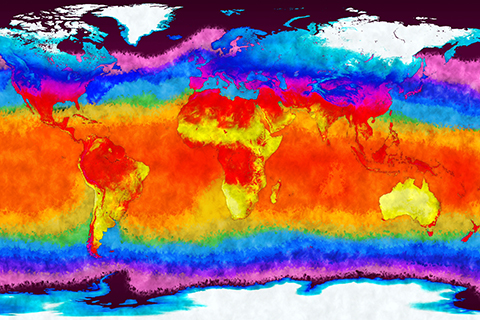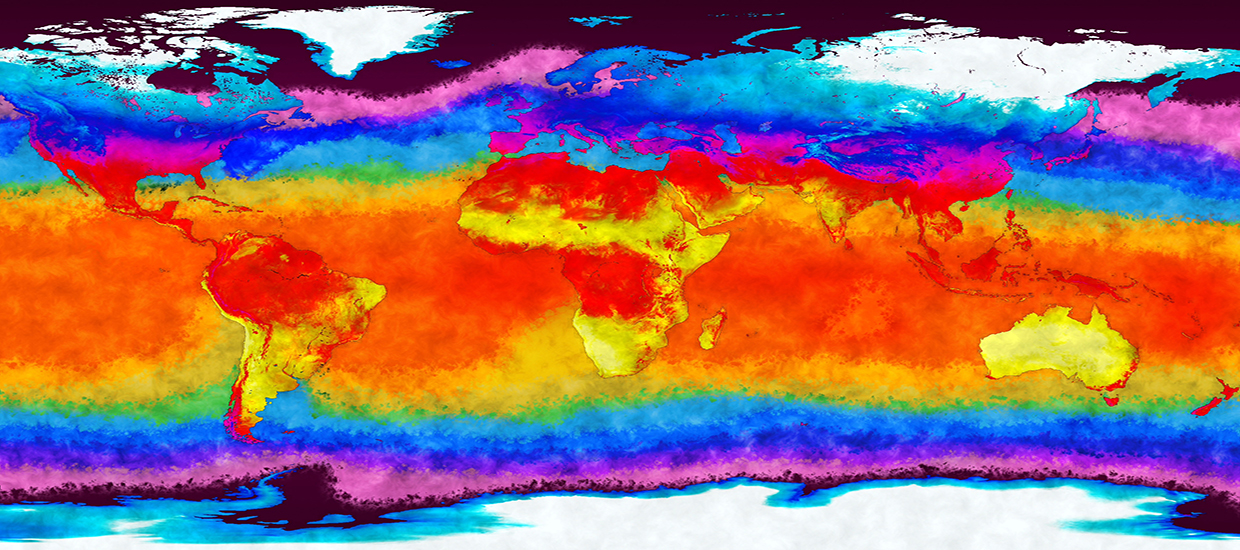The M.S. in Data Science curriculum consists of four components: core courses, data science tools courses, data science applications courses, and an internship or capstone project. Students must complete at least 30 credits of graduate level courses to complete the degree. Their advisor must approve each student’s selection of courses.
The core courses and the Data Science Tool courses are discipline independent courses that teach the fundamental skills of data science. The Data Science Applications courses are specific to the various interdisciplinary domains supporting the program. Each academic unit offers courses relevant to their discipline, and students who are focused on applications will be advised to take a selection of courses that develops skills in one application area.
The internship or capstone project may be taken for 3 or 6 credits, depending on the scope of the project. Available internships span a variety of disciplines in data science, many of which are offered through the Miami Institute for Data Science and Computing’s Industrial Advisory Board. Projects are done within one or two semesters, supervised by a faculty in an appropriate academic unit within the program. The project culminates with a report detailing the work done and knowledge gained, and a presentation to faculty and students in the program.
View Academic Bulletin





